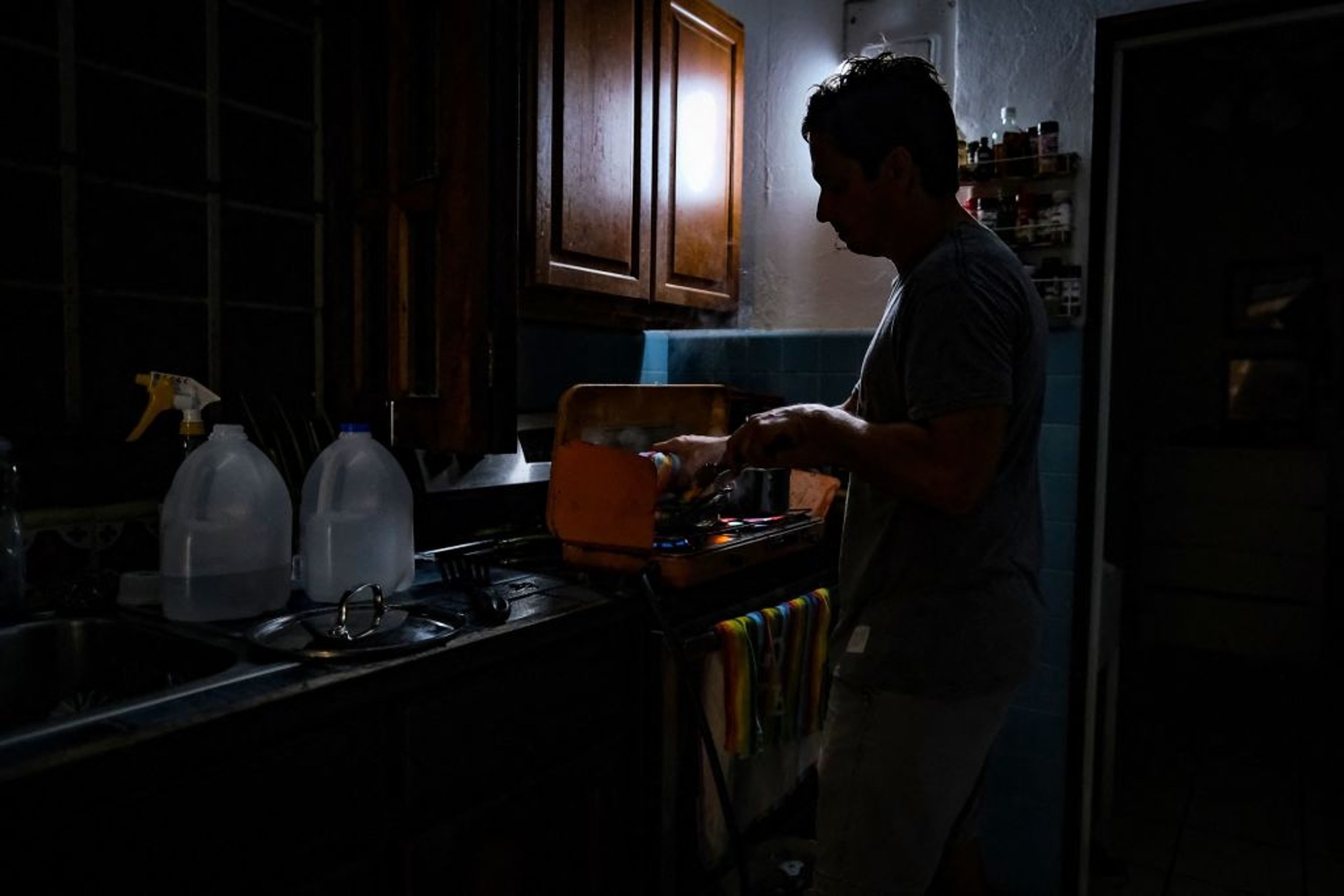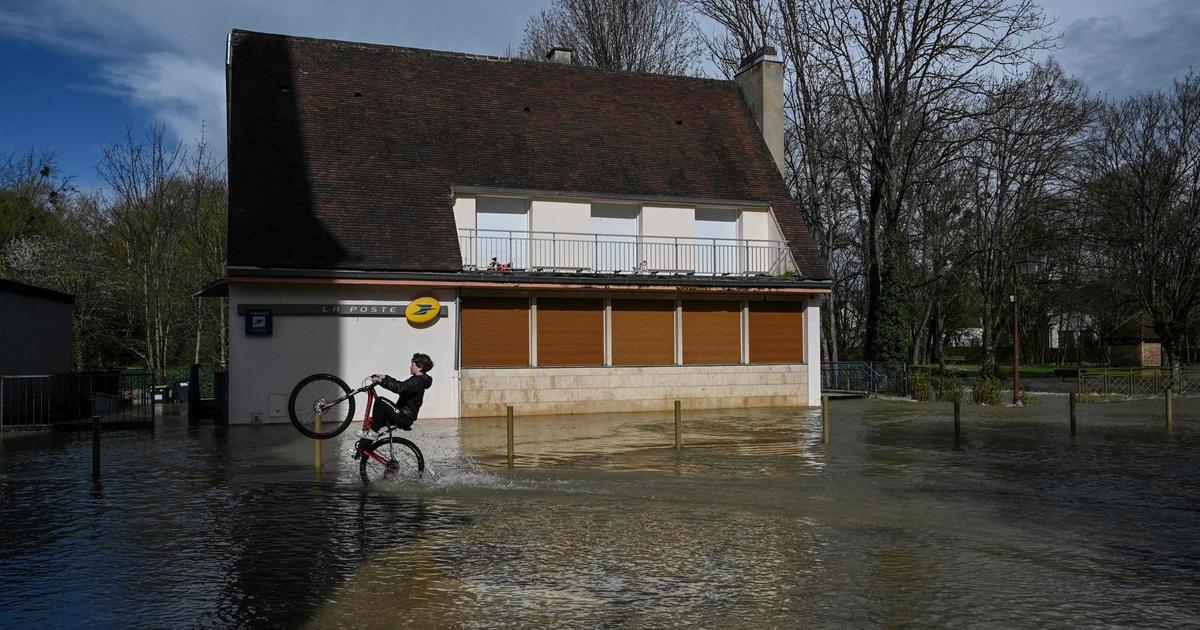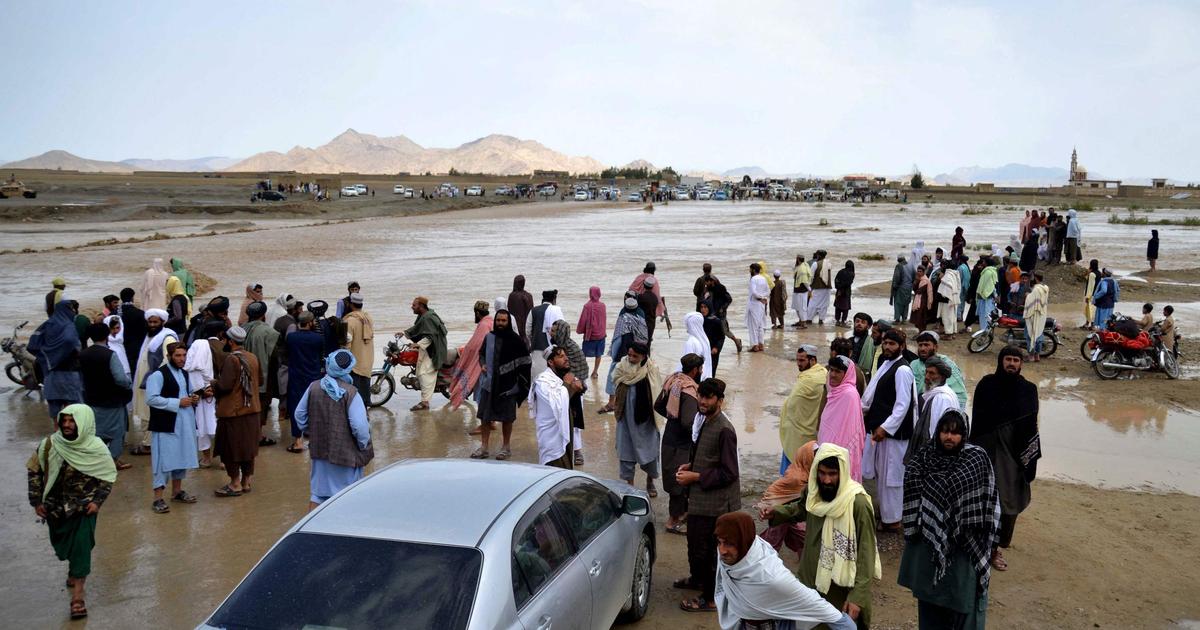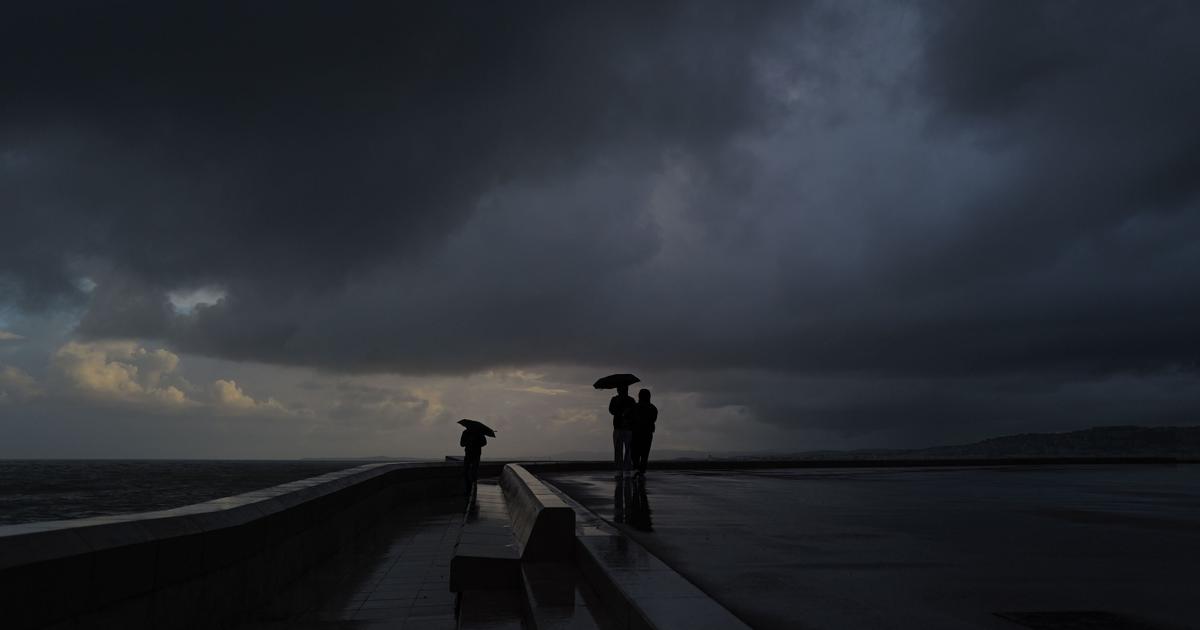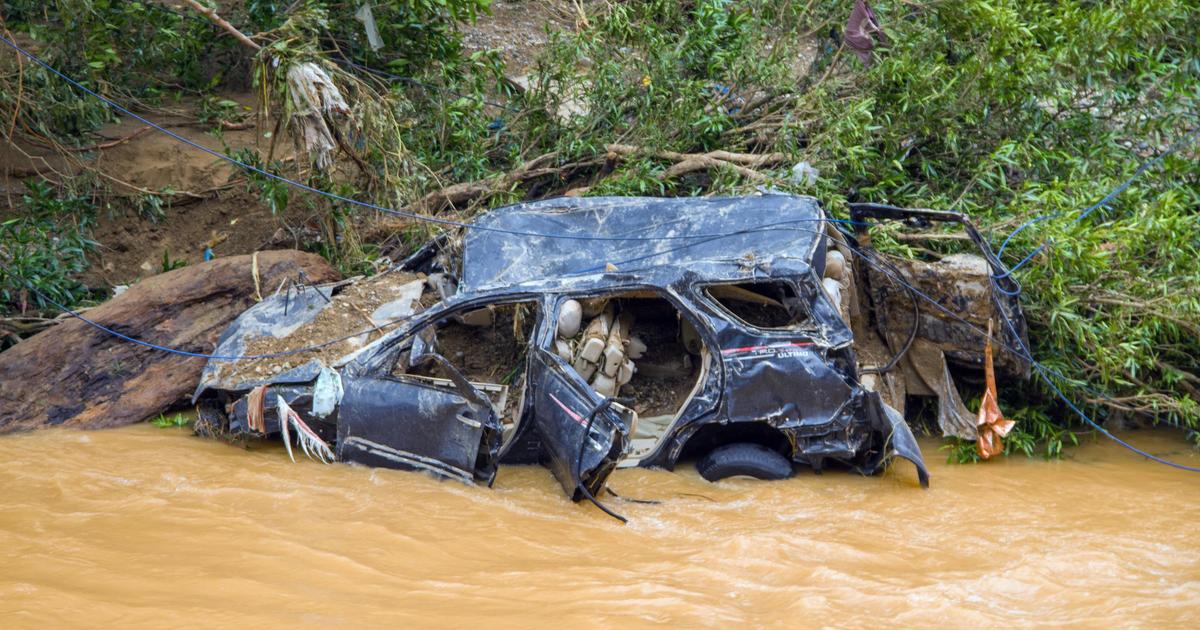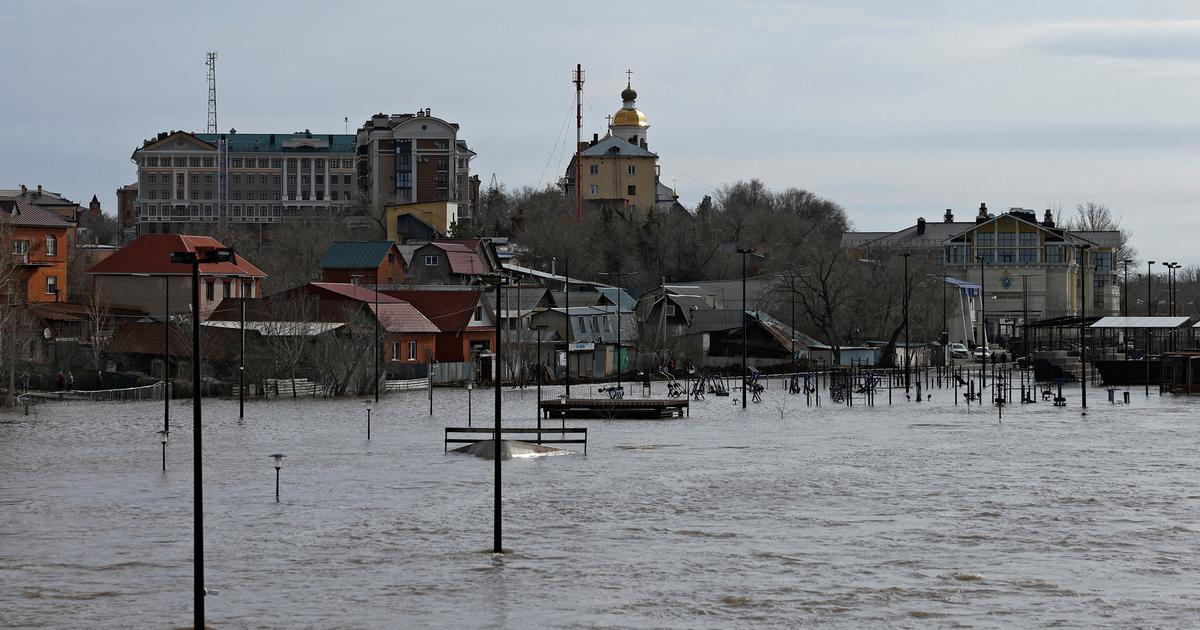The best images of Fiona's visit to Puerto Rico 0:57
(CNN Spanish) --
The dangers of a hurricane do not end once it has completed its passage: the destruction left by the winds, rains and floods can cause injuries and deaths, and to this is added the loss of electrical energy and access to water.
Here's a guide on what to do in four key areas, based on information from the Federal Emergency Management Agency (FEMA).
1. How to deal with the lack of drinking water?
Unless instructed by the authorities, do not ration the drinking water you drink: you must take the amount that your body needs.
What you can do is minimize that need by reducing your physical activity and trying to stay cool.
Avoid caffeinated beverages and alcohol at this time, as they increase the need to drink water.
Go first to water that you know is not contaminated.
If you have no choice but to use suspect water, for example cloudy tap water or water from streams or ponds, it is key that you treat it before drinking or using it to wash or cook food, make ice and brush your teeth.
Treatment is necessary because contaminated water, in addition to having a bad taste or smell, can contain germs that cause diseases such as hepatitis, cholera, dysentery, and typhoid fever.
advertising
The best way to treat water is often a combination of different methods, according to FEMA.
Before you start the treatment, you should either let the visible particles settle to the bottom or strain them out with a coffee filter or layers of clean cloth.
Then you can start the process.
Boiling: the safest method to obtain water that you can use
The safest method is to boil the water, for example in a large pot.
You must leave it boiling for a full minute, then wait for it to cool down and then you can drink it.
Its flavor will improve if you put the oxygen back into it, which you can do by moving the water between two prepared containers.
To eliminate microorganisms you can also use liquid bleach that has between 5.25 and 6% sodium hypochlorite.
If you do, don't use bleach that is scented or has added cleaning agents.
For every gallon of water (about 4 liters) you should use 1/8 teaspoon of bleach.
Then let it sit for 30 minutes.
The water should have a slight smell of the substance, so if it doesn't, repeat the procedure and let it sit for another 15 minutes.
If you don't already have it, don't use it: discard that water and find another source.
Boiling and lye kill most microbes in the water, but there is a third important process that helps kill germs that resist the above actions, heavy metals, salts, and most chemicals .
It is distillation.
Distillation involves boiling the water and then collecting only the vapor that condenses, which will be free of most impurities.
To distill water, fill a pot halfway with water, tie a glass to the handle of the pot lid, and cover the pot with the lid upside down so the glass is inside the pot, and bring the water to a boil. during 20 minutes.
The water that drips from the lid to the cup is what remains distilled.
The illustration that you find below, prepared by FEMA, explains how the cup should be in relation to the pot in these cases.
Image from the Federal Emergency Management Agency.
Another key is to store the treated water correctly: use clean and disinfected containers or reuse containers that were previously used to store the liquid.
Do not use containers that have had detergents or other similar chemicals.
2. What to do in the event of a power failure?
If you can access a generator, use it but always outdoors and away from windows.
Do not use gas stoves or ovens to heat homes.
Keep refrigerators and refrigerators closed and disconnect electronic devices and appliances, since the energy can return with momentary spikes that cause damage.
To keep food in good condition, you can use coolers with ice if necessary.
Remember that any food that has been exposed for more than two hours to temperatures of 40 degrees or more should not be eaten.
You should also throw out any that have an unusual smell, texture, or color.
You should also get rid of medications that need refrigeration if the power outage lasted more than a day, with the exception of those that indicate otherwise on the labels.
3. How to travel through flooded areas?
Many injuries and deaths occur after the passage of a hurricane when people are moving through the affected areas.
That is why it is key to be careful in these displacements.
Never try to cross flood waters.
Moving waters, especially, have great force: five centimeters of moving water has the potential to knock over an adult.
At night you must be especially careful, since it is more difficult to detect the dangers.
Be aware as you move that there may be debris, fallen trees, and dead animals.
Before walking through rubble, it is a good idea to use a stick to detect what is on the floor.
Also remember that flood water can be affected by numerous substances such as chemicals, gasoline, sewage and also waste.
Also, water can be electrically charged from downed or underground lines.
5. Homecoming
Only when the authorities say it is safe should you return home: do not enter damaged houses or buildings until you are told that it is safe to do so.
When entering, take extreme care not to suffer from contaminants that may be present or from possible electric shocks.
Ideally, you should wear a hard hat and waterproof boots, safety glasses and work gloves.
To inspect your home, use flashlights but not matches or candles, since there may be flammable gases inside and, with fire, that would cause fires or explosions.
Be aware of your sense of smell: if you smell gas, go outdoors and stay there until trained emergency personnel can assess the situation and help you.
When you start cleaning your home, ventilate, move and take out the things you need to get rid of, clean and then dry or let dry.
Anything that has gotten wet should be disinfected.
Before attempting repairs, it is best to consult a professional.
Finally, remember that it is key to be attentive to information updates provided by the authorities and to follow reliable sources of information, such as the National Hurricane Center and FEMA.

